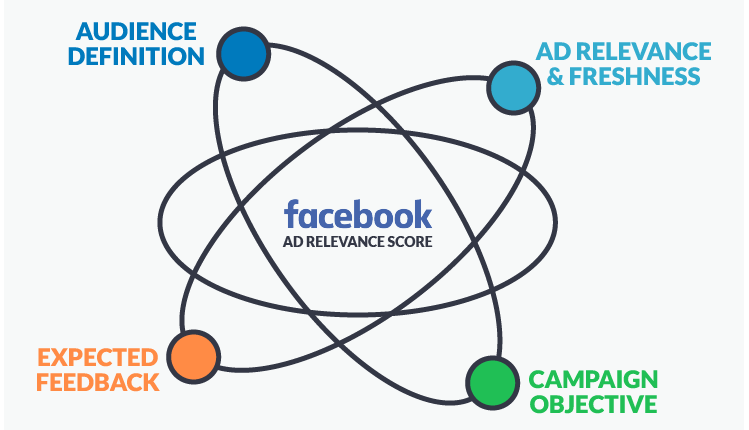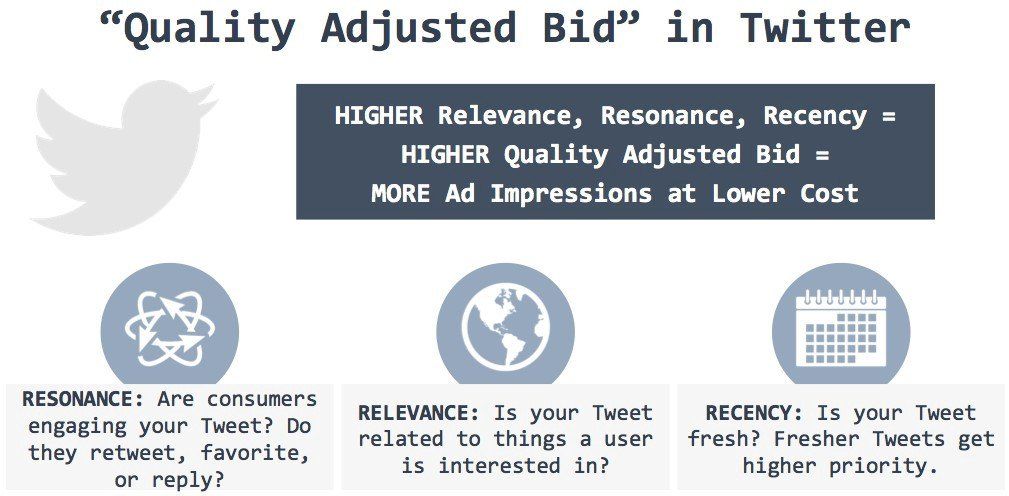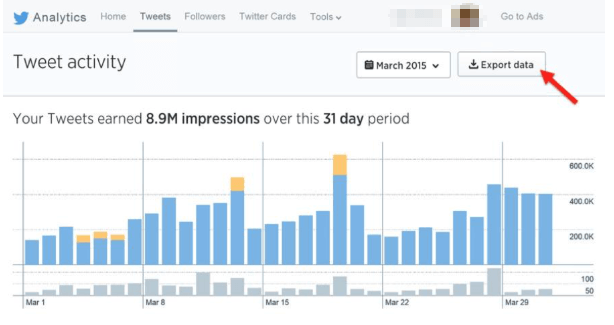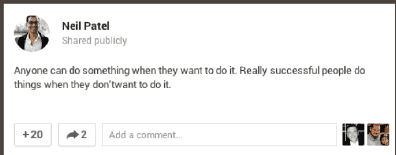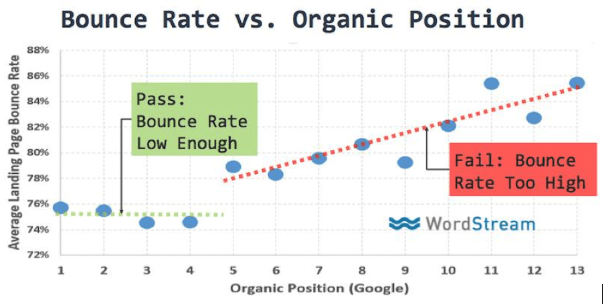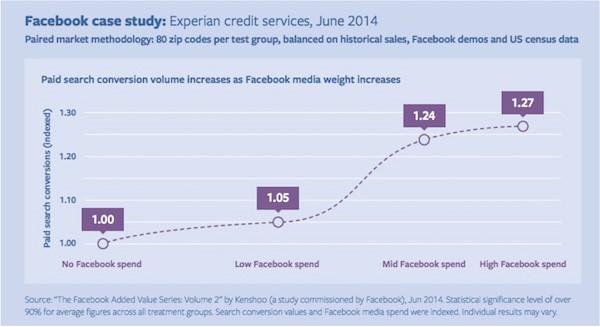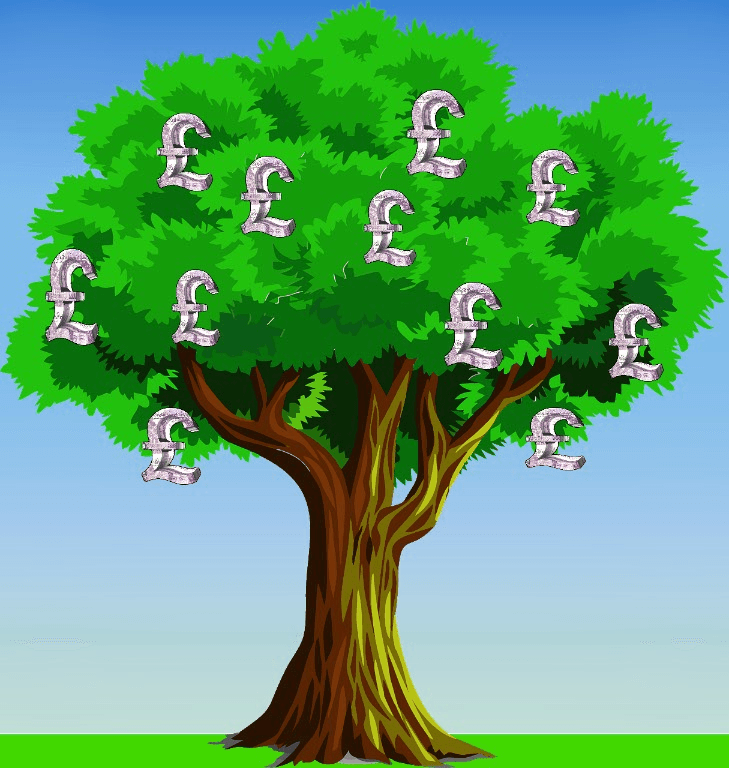7 Social Media Hacks For Promoting Content Marketing
Peter Jones • 14 August 2019
7 Social Media Hacks For Promoting Content Marketing
Let’s start with the bad news first. It’s tougher than ever to get content noticed.
Changes to Google search results pages have further obscured content organically, especially on competitive commercial searches. Meanwhile, paid search
costs per click (CPCs) are at all-time highs in established markets.
Organic reach in social media? It’s pretty much dead. Half of all content gets zero shares, and less than 0.1 percent is shared more than 1,000 times.
Additionally, the typical internet marketing conversion rate is less than one percent.
Changes to Google search results pages have further obscured content organically, especially on competitive commercial searches. Meanwhile, paid search
costs per click (CPCs) are at all-time highs in established markets.
Organic reach in social media? It’s pretty much dead. Half of all content gets zero shares, and less than 0.1 percent is shared more than 1,000 times.
Additionally, the typical internet marketing conversion rate is less than one percent.
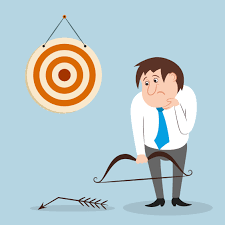
When Content Marketing Doesn’t (Usually) Work
How does content marketing actually work? Many people’s content marketing strategy basically consists of a three-step process:
- Create new content.
- Share your content on social networks (Facebook, Twitter, LinkedIn, etc.).
- People buy your stuff.
Nope. This almost never happens. (For a content marketing strategy that actually works, try a documented plan such as the Content Marketing Pyramid™.)
Most content goes nowhere. The consumer purchase journey isn’t a straight line—and it takes time.
So is there a more reliable way to increase leads and sales with content?
Social Media Advertising To The Rescue!
Now it’s time for the good news! Social media advertising
provides the most scalable content promotion and is proven to turn visitors into leads and customers.
And the best part? You don’t need a huge ad budget.
A better, more realistic process for promoting content marketing looks like this:
- Create - Produce content and share it on social media.
- Amplify - Selectively promote your top content on social media.
- Tag - Build your remarketing audience by tagging site visitors with a cookie.
- Filter - Apply behavioural and demographic filters on your audience.
- Remarketing - Remarket to your audience with display ads, social ads, and remarketing Lists for Search Ads (RLSA) to promote offers.
- Convert - Capture qualified leads or sales.
- Repeat.
You can use the following 5 Twitter and Facebook advertising hacks as a guide to get more visitors viewing your content, or as an accelerant to create an even larger traffic explosion.
1. Improve Your Quality Score
Quality Score is the metric Google uses to rate the quality and relevance of your keywords and PPC ads, and influences your cost-per-click. Facebook calls their version a “Relevancy Score”:
While Twitter’s is called a “Quality Adjusted Bid”.
Whatever it’s called, Quality Score is a crucial metric. The way to increase Twitter and Facebook Quality Scores is to increase post engagement rates.
A high Quality Score is great: you get a higher ad impression share for the same budget at a lower cost per engagement. On the flip side, a low Quality Score sucks: you get a low ad impression share and a high cost per engagement.
How do you increase engagement rates? Promote your best content—your unicorns (the top 1-3 percent of content that performs better than everything else) rather than your donkeys (the bottom 97 percent of your content).
To figure out if your content is a unicorn or donkey, test it out.
- Post lots of stuff (organically) to Twitter and use Twitter Analytics to see which content gets the most engagement.
- Post your top stuff from Twitter organically to LinkedIn and Facebook. Again, track which posts get the most traction.
- Pay to promote the unicorns on Facebook and Twitter.
The key to paid social media advertising
is to be picky. Cast a narrow net and maximise those engagement rates.
2. Increase Engagement With Audience Targeting
Targeting all your fans isn’t precise; it’s lazy and wastes a lot of money.
Your fans aren’t all the same. They all have different incomes, interests, values, and preferences.
Keyword targeting and other audience targeting methods helps turn average ads into unicorns.
3. Generate Free Clicks From Paid Social Media Advertising
On Twitter, tweet engagements are the most popular type of ad campaign. Why? I have no idea. You have to pay for every user engagement (whether someone views your profile, expands your image, expands your tweet from the tweet stream, or clicks on a hashtag).
If you’re doing this, you need to stop it - now! It’s a waste of money and offers the worst ROI.
Instead, pay only for the thing that matters most to your business, whether it’s clicks to your website, app installs, followers, leads, or actual video views.
For example, when you run a Twitter followers campaign, you pay only when someone follows you. But your tweet promoting one of your unicorn pieces of content will also get a ton of impressions, retweets, replies, mentions, likes, and visits to your website. All for the low, low cost of £0.00
4. Implement Rich Social Sharing Snippits and boost your brand
This is another strategy you can use to promote your blog content without really promoting your blog content.
Some people on sites like Twitter, Facebook, etc. don’t like when all a profile shares is just titles and links back to their blog.
To make your social profiles more appealing to more people you have to share what appears to be 'social media only' content.
Here is how to do it.
Step 1 – Find A Post And Pull Out 3 to 5 Snippets
This can be a new post or it can be an old post.
Read through the content and look for key points or snippets that will make great social content on their own. It can be anything your reader would find valuable or interesting.
If you were creating the 10 Ways To Unclog Your Drain article, one of the snippets you would pull out would be one of the points that were included in the post.
Quotes, stats and other items make for good updates too.
Step 2 – Schedule The Snippets Using Buffer
Take your three snippets and share them using Buffer. This will allow you to share multiple snippets at once instead of having to do it throughout the day, which you can still do if you have the time.
Step 3 – Share Short Tips That Wouldn’t Make Worthwhile Blog Posts
Sometimes you’ll come across ideas or tips in your work that are worthwhile to share via social media, but aren’t worthwhile as a blog post.
This happens all the time with sports writers. They write entire feature articles about players and coaches, but for simple facts like try out information or even quick stats that they find whilst researching it makes more sense to share them on social media.
You can take this same approach. Share the simple, short tips on social media to add more value to your social media updates. Your followers will appreciate that you’re not bombarding them with blog links all the time and if your snippets are good they’ll want to visit your blog anyway to get the really good content.
5. Hacking RankBrain for boosting your SEO
Google is using an AI machine learning system called RankBrain to understand and interpret long-tail queries, especially on queries Google has never seen before—an estimated 15 percent of all queries.
I believe Google is examining user engagement metrics (such as click-through rates, bounce rates, dwell time, and conversion rates) as a way - in part, to rank pages that have earned very few or no links.
Even if user engagement metrics aren’t part of the core ranking algorithm, getting really high organic CTRs and conversion rates has its own great rewards:
- More clicks and conversions.
- Better organic search rankings.
- Even more clicks and conversions.
For example, research found a 19 percent lift in paid search conversion volume and a 10 percent improvement in cost per action (CPA) with exposure to Facebook ads for the financial services company Experian.
Use social media advertising to build brand recognition and double your organic search clickthrough and conversion rates!
6. Social Media Remarketing
Social media remarketing, on average, boosts engagement by three times and doubles conversion rates, while cutting your costs by a third. Make the most of it!
Use social media remarketing to push your hard offers, such as sign-ups, consultations, and downloads.
7. Combine Paid Search & Social Media Advertising
For our final, and most advanced hack of them all, we combine social media advertising with PPC search ads on Google using Remarketing Lists for Search Ads (RLSA).
RLSA is incredibly powerful. You can target customised search ads specifically to people who have recently visited your site when they search on Google. It increases click-through and conversion rates by three times and reduces cost-per-click by a third.
There’s one problem. By definition, RLSA doesn’t target people who are unfamiliar with your brand. This is where social media advertising comes in: it helps more people become familiar with your brand.
Social media advertising is a cheap way to start the process of biasing people towards you. While they may not need what you’re selling now, later, when the need arises, people are much more likely to do a branded search for your stuff, or click on you during an unbranded search because they remember your compelling content.
If your content marketing efforts are struggling, these ridiculously powerful Twitter and Facebook advertising hacks will turn your content donkeys into unicorns! Looking for more hacks to supercharge your content ROI? Kangaroo UK enables more consistent content publication, supports your created content strategy, and helps you keep track of your favourite information.
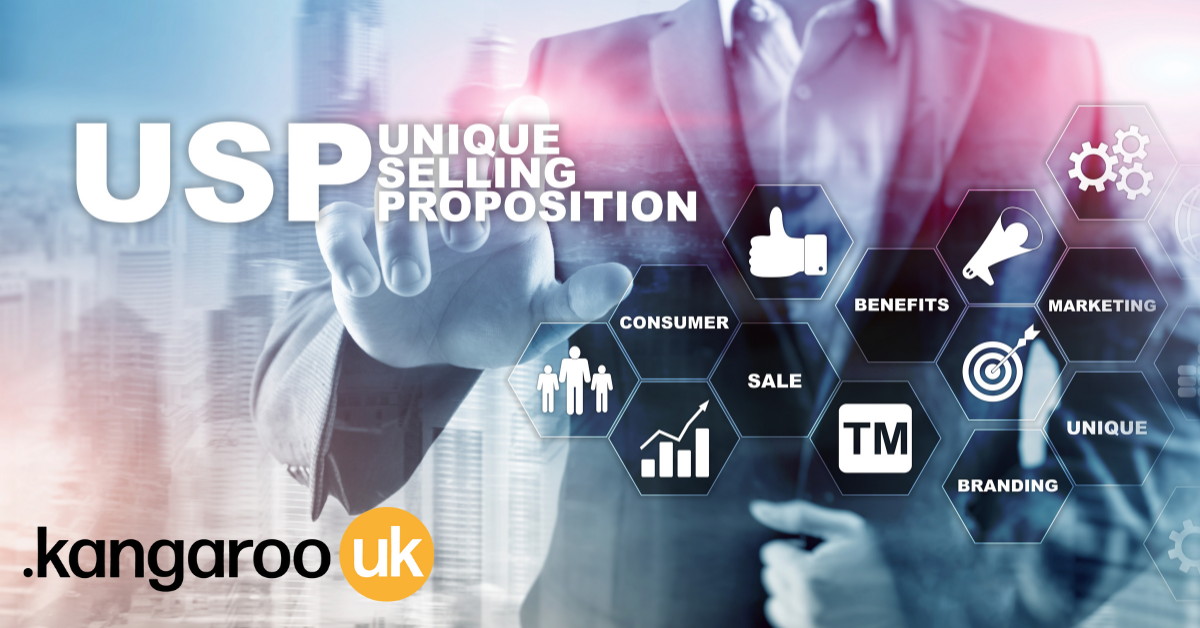
To create a successful brand, you need to identify its Unique Selling Point (USP). A Unique Selling Point, also known as a Unique Selling Proposition, is a feature or attribute of a product or service that differentiates your company from the competition and makes it stand out in the market. Here are a few well-known USP examples: "When it definitely, positively must be there overnight," - FedEx ( source ) “We’re number two. We try harder” - Avis ( source ) “A diamond is forever,” - DeBeers ( source ) “You get fresh, hot pizza delivered to your door in 30 minutes or less or it’s free.” - Domino’s Pizza ( source ) “The milk chocolate melts in your mouth, not in your hand,” - M&Ms ( source ) "Bring inspiration and innovation to every athlete in the world. If you have a body, you are an athlete." - Nike ( source ) "Refresh the world. Make a difference," - Coca-Cola ( source ) "The platform commerce is built on," - Shopify ( source ) "Empowering the world to design," - Canva ( source ) To find your USP, you'll need to ask yourself some tough questions and do some research. Here are a few tips to get you started on identifying your unique selling points. 1. Find out what makes you a unique To find your USP, you need to first understand what makes you unique. First and foremost, begin by asking yourself more questions like what do you offer that nobody else does? What makes you think that you're better than everyone else? Once you've identified your key strengths, you can begin to craft a marketing message that highlights these qualities in your marketing and advertising materials. Make sure it is prominently displayed on your website or in any other type of advertising medium. Also, don't be hesitant to show your strength in marketing. People are more inclined to choose you over the competition if they are aware of what makes your brand special. 2. Think from your customer perspective If you want to create a truly successful brand, you need to think from your customer's point of view as well. After all, your customers are the people who ultimately determine whether or not your product or service is a success. By taking on the perspective of your customers, you can identify specific needs and desires that you can then target with your product offerings. For example, if your customer wants you to work on your quality, you should work on your quality to attract them even more. By thinking from your customer's perspective, you can find a unique selling point for your brand and create products or services that resonate with consumers. 3. Competitor analysis There is no doubt that conducting a thorough competitor analysis is essential when it comes to finding a unique selling point for your brand. This is because competitor analysis allows you to carefully evaluate the strengths and weaknesses of the competition, identifying areas where you can set yourself apart and stand out in the market. It might involve developing innovative products or services, providing superior customer care, or leveraging cutting-edge technology that your competitors have not yet adopted. Ultimately, a deep understanding of your competitors will enable you to capitalise on their weaknesses and carve out a position as a leader in your industry. 4. Re-look your brand and services Even if you try your hardest, things don't always go your way, and you lose to your competitors every time. That indicates it's not your fault; instead, it's time to reconsider your brand and offering. The re-evaluation of your brand and service reveals the precise reason for your failure and provides you with a second chance to turn your failure into a huge success. So, the easiest way to uncover your unique selling point is to constantly re-examine your brand and offering. Every business has a USP, whether they realise it or not. If you want to find yours, then you should seek assistance from a professional branding agency like Kangaroo UK. Kangaroo UK can help you find your unique selling point and craft a marketing strategy that will make the most of it. We understand what makes a brand successful and can help you identify your key strengths. At Kangaroo UK, we pride ourselves on being your one-stop-shop for all things SEO and Amazon marketing. We have the experience and expertise to help you grow your business online, regardless of what industry you’re in. Don’t miss out on the opportunity to set yourself apart from the competition – contact us today .
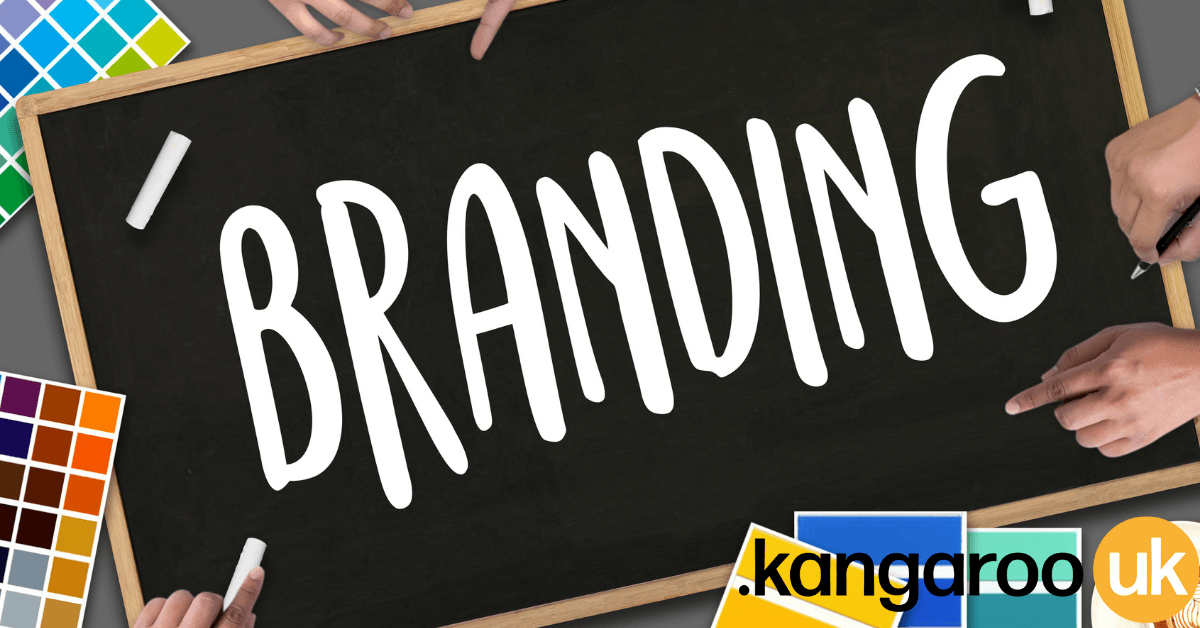
Have you ever wondered why certain brands have become so popular? It's not only because of their catchy slogans or clever marketing tactics. It's also because of their colours. The colours that a firm uses in its branding can have a significant impact on its business. According to research, up to 85% of consumers say colour is the most important component in deciding which product to choose, and 92% believe the visual appeal is the most convincing marketing factor overall ( source ). They help create a visual identity for a company and can be used to communicate a wide range of messages. Choosing the right colour for your brand is critical. Let’s explore why: Make a lasting impression When it comes to branding and marketing, colour plays a crucial role in making a good first impression. Colour can influence not only how people perceive your brand - but also how they feel about it. That is why large corporations and well-known brands use striking colours to entice their target audiences, and it has worked. For example, Coca-Cola's red and McDonald's golden tint will be remembered forever. As a result, you should select a colour that leaves a lasting impression on your target audience Stand out among the competition Colour branding can help your company stand out from the crowd. It's also a huge plus if your competitors don't utilise any branding colours at all. For example, while marketing your brand across several media, you choose eye-catching colours. Your competition, on the other hand, did not utilise any brand colours in their marketing. That means you've already won because eye-catching colours are more likely to attract buyers than plain colours. They will distinguish your brand from the competition and offer it a distinct identity. Boost your confidence The colours you choose for your branding can give your company a huge boost in confidence. If colour branding can provide you with the best impression and make you stand out from the crowd, your audience will naturally gravitate toward your brand. It gives you greater confidence and motivates you to work more on your marketing. It evokes different emotions There is a vast spectrum of colours that inspire a wide range of emotions, as well as create a different point of view among the audience. The colour red often evokes energy and excitement, The blue colour is often evoked as more calming and trustworthy. Pink is associated with romance, softness, and playfulness. Yellow colour is associated with happiness, optimism, and intelligence. Green is evoking growth, abundance, and nature. The purple colour creates opulence, royalty, and luxury. White colour is often associated with purity, virtue, and simplicity. But before selecting a colour for your brand, you should be clear with your brand essence. That essence prompts you to choose the appropriate colour that matches your emotion and impresses your intended audience. Consumers love this colour branding Consumers are more likely to love your branding when you use colour effectively to communicate your message and create an emotional connection. They are pursuing a colourful brand rather than a plain one. Studies show that 60 - 90 per cent of people's initial impressions are based solely on colour ( source ). So, don't hesitate to use eye-catching and emotional connect colours on your brand. The right colours for your branding can have a significant impact on how customers perceive your company and products. That’s why it’s important to partner with an experienced branding agency like Kangaroo UK that can help you choose the perfect shades for your business. We offer a range of services that will ensure your brand looks its best and stands out from the competition. With our expertise, you can be sure that your target audience will take notice of your business – and what it has to offer. We also specialise in Amazon marketing ( take a look at our beginner's guide to Amazon marketing services ). Contact us today to learn more about our branding services and get started on creating a successful colour strategy for your company!
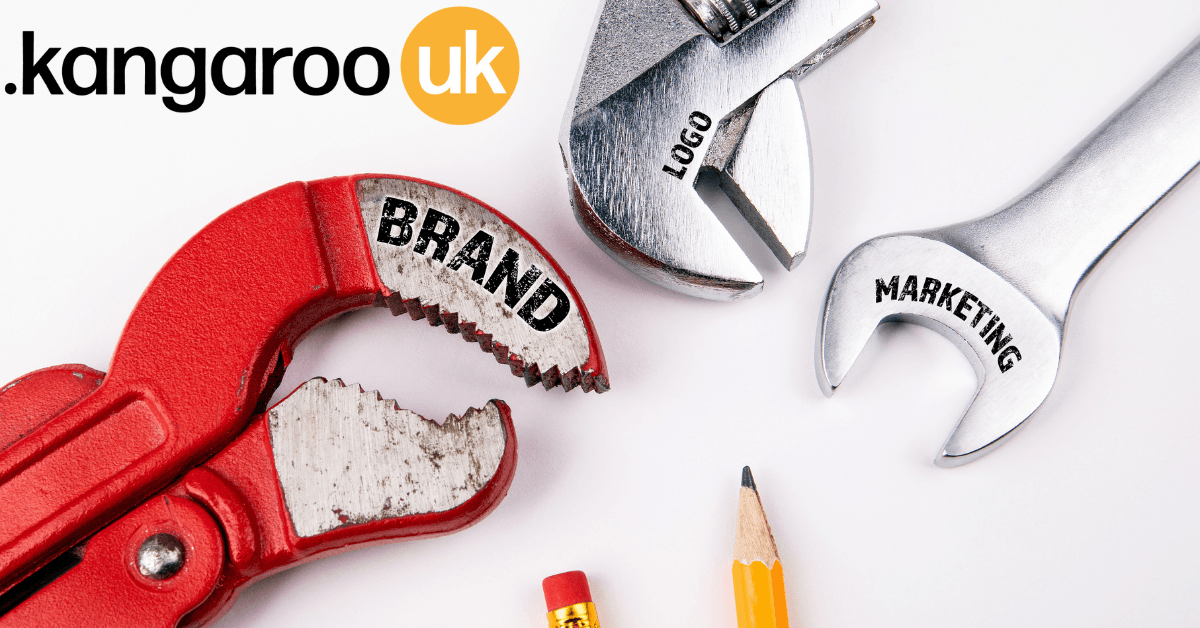
A company's logo is one of the most important branding tools that it has. A logo is more than just a graphical mark; it is the embodiment of your brand. To create a successful logo, it is important to consider the company's target audience and what qualities the logo should represent. Additionally, a professional designer should be hired to create the logo, as they will have the expertise necessary to produce a high-quality design that will reflect positively on the company. Because it's what customers see first and memorably represents your company. A recent study found that Consumers recognise brands by their logos in 75% of cases ( source ). If you're considering rebranding your company or designing a new logo, you should know why your logo is an important marketing tool for your brand. Here are a few reasons that justify why the logo is the best marketing tool ever 1.Creates the best first impression A good logo is one of the most important tools in your branding arsenal because it creates an instant first impression and, ideally, a lasting best impression. It's the public face of your company that appears on your website, letterhead, business cards, social media accounts, and marketing materials. And it should communicate what your company does and represent the values that are important to you. A strong logo can help you attract new customers and keep existing ones coming back. According to a recent study, the first good brand impression will be created within 90 seconds because of its logo. It can also increase the perceived value of your products or services (source ). With so much riding on your logo, it is important to put thought and care into its design. When done right, your logo can be a powerful asset in building a successful brand. 2. Visually represents your brand Your logo is the visual representation of everything your company stands for. It's the first thing people see when they come across your brand, and it's what they'll remember long after they've forgotten your company name. That's why it's so important to make sure that your logo is well-designed and that it accurately reflects your brand identity. If your logo is poorly designed, it will reflect poorly on your brand and make it difficult for people to remember you. On the other hand, if your logo is strong and memorable, it will help people to quickly identify your brand and recall your company name. 3. It will work across all platforms A well-designed logo can help you to build instant recognition for your business, and it will work across all platforms, from your website to your social media accounts to printed marketing materials and product packaging. When designing your logo, it is important to keep elements such as colour and typography in mind. The colours you use should reflect the values of your brand, and the typography should be easily legible. Furthermore, your logo should be scalable, so that it can be used in a variety of different contexts. With a well-designed logo, you can ensure that your brand will be seen and remembered by customers for years to come because 70% of consumers believe that brands with CEOs that are active on social media are better connected to them. ( source ). As a result, it will work on all social media sites. 4. Makes your brand standalone from the competition Your logo should be unique and immediately recognisable, and it should convey the core values of your brand. In addition to appearing on your website and marketing materials, your logo should also be featured prominently on any physical products or packaging you produce. By ensuring that your logo is highly visible, you can help to ensure that your brand is top-of-mind for potential customers. The 'look and feel of a logo can decide the brand's possibility of success,' according to up to 75% of respondents (source ). With a strong and distinctive logo, you can give your brand the competitive edge it needs to succeed. 5. It builds trust with potential customers A well-designed logo helps to build trust with potential customers and conveys a sense of professionalism and competence. But more than that, a logo also needs to be versatile and adaptable. And perhaps most importantly, a logo must be memorable. After all, if potential customers can’t remember your brand name, they’re not likely to do business with you. One source showed that 85% of customers said they would stick with a firm whose logo and brand they appreciate( source ). By investing in a high-quality logo design, you can ensure that your brand will make a lasting impression on potential customers and it can play a vital role in building brand awareness and helping your business to achieve its long-term goals. A well-designed logo is more than just an image or a pretty picture. It’s the identity of your brand and it can take your business to the next level. That’s why it’s so important to partner with a professional branding service like Kangaroo UK that will help you create a logo that represents your company in the best way possible. We have years of experience in creating stunning logos and providing valuable assistance throughout the branding process. We help in crafting successful brand identities and marketing plans, and we’re always up-to-date on the latest techniques. We also have a wide range of experience in SEO and PPC consulting, as well as Amazon marketing, so no matter what kind of brand you’re trying to build, we can assist you. Let us help you create a memorable and lasting impression with your target audience! Contact us today.



